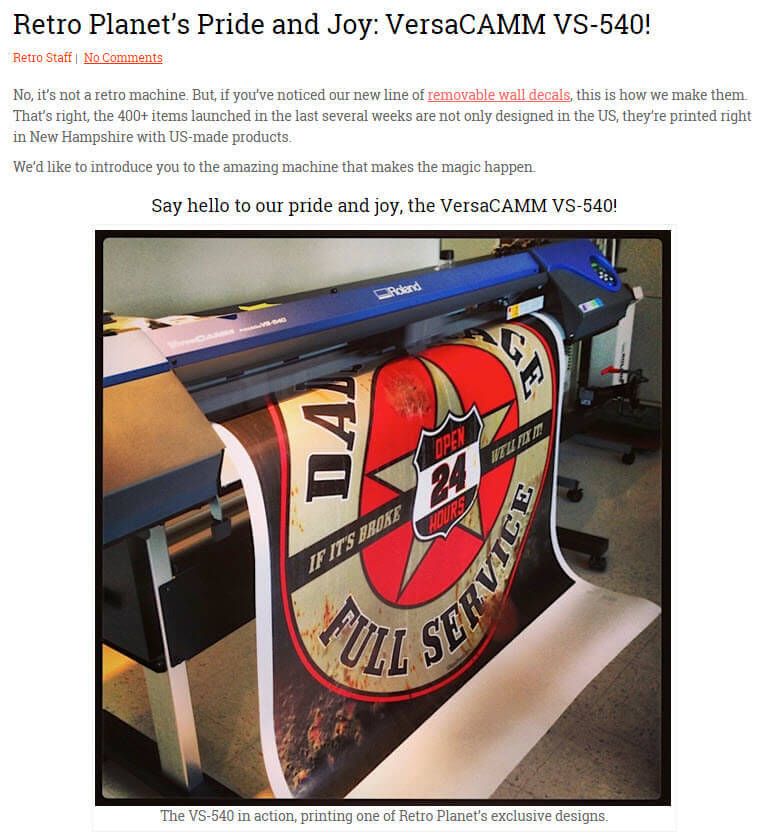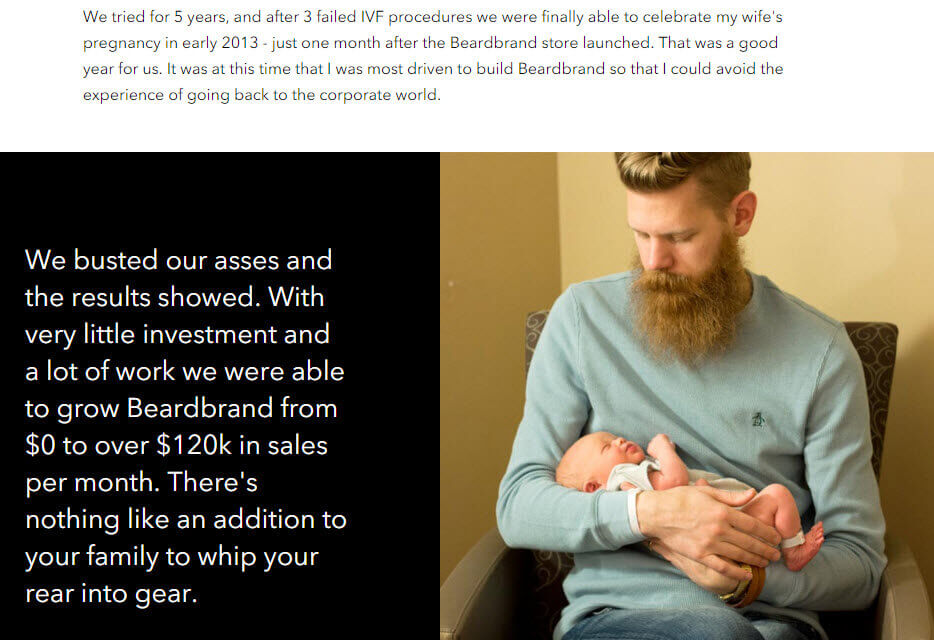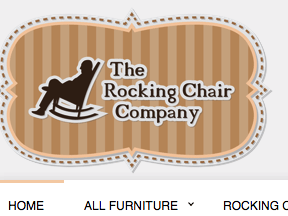How do online businesses add that personal touch when face-to-face communication isn’t possible? Online shoppers seek in-person experiences even when the store is miles away. This goes beyond offering live chat and product demonstrations. It’s also about showing your visitors how products are made, packed, and shipped, or how items are used by a company’s own employees.
Zappos was one of the first to take this to a high level — by letting employees be themselves. In earlier days, Zappos started featuring thousands of videos based on actual customer support calls, and in 2009 it started releasing thousands of descriptive videos showcasing employees.
Small business owners have greater chance in truly connecting with shoppers. That’s because people feel good about supporting smaller ecommerce sites, especially if they get to know those making the company run. They also prefer transparency.
There are many ways you can show shoppers who you are, and why they should buy from you. Here are seven examples.
7 Ways to Add a Personal Touch
1. Show them how products are made. Use graphics, text, and video to explain the process. Use simple words to describe it all so the broadest audience understands.
RetroPlanet.com shows off the actual equipment it uses to create its broad line of wall decals. It wraps up the post with an 11-second video of the printer in action.

Showing off the wall decal printing machine reinforces RetroPlanet.com’s statement that it makes the product in-house.
2. Really show them how something is made. Mainly in response to the plethora of knock-offs, Saddleback Leather Co. went beyond the traditional “how it’s made” concept and produced a video showing how to rip off one of its products. The video — which has been viewed more than 450,000 times — is prominently displayed and lends credibility to the company.
—
3. Share real stories. Eric Bandholz, the face behind Beardbrand, got personal with site visitors when explained how he and his wife had tried to have a child. He then explained how the baby’s arrival was huge motivation to grow the company.

The co-founder of Beardbrand shared his personal story about the birth of his child.
Not all stories have to get this personal; but they do have to be real.
4. Share common, non-controversial interests. Saddleback Leather supports many causes. The company also wants to hear people’s stories about man’s best friends. A beautiful tribute about Dave’s dog, Blue, gets top billing on the site’s about page, and he asks others to also memorialize their lost companions.
Topics to steer clear from? Unless your company is founded on controversial subjects, it’s best to not talk about politics and religion. Also avoid sharing stories and content that are risqué or uncomfortable for some readers.
5. Share employees’ accomplishments. If an employee achieves something notable — even if it has nothing to do with what you sell — consider writing about it. Whether he ran a marathon or received a master’s degree, tell the world. Who doesn’t love patronizing a company that spotlights its team members and their accomplishments?
6. Show your fun side. To celebrate National Hot Dog Day, RetroPlanet.com hosted a cookout for the staff, and shared lots of pictures. Website visitors and social followers saw everything from the grilling to final shots of how employees “fixed” their dogs.

To celebrate National Hot Dog Day, RetroPlanet.com hosted a cookout for the staff, and shared lots of pictures.
7. Create a page that’s shareable. Content that is interesting enough for people to share will also help sell products. By telling the full story, you educate visitors, brand the business, and promote your authority on specific topics. These all work together to instill trust and increase conversions.
It doesn’t matter if similar stories have already been told. Chances are they’d never be told the way you tell them. Also, don’t assume people already know how something is produced. There are, for example, thousands of maple syrup farms, and many of them sell online. Yet only a small percentage of them actually explain how trees are tapped, how sap is extracted, and how that sap becomes what you buy. This web page from Carman Brook Farm in Vermont is a good example.

Carman Brook Farm sells maple syrup and dairy items from its website. On this page, it explains how maple syrup is made.





